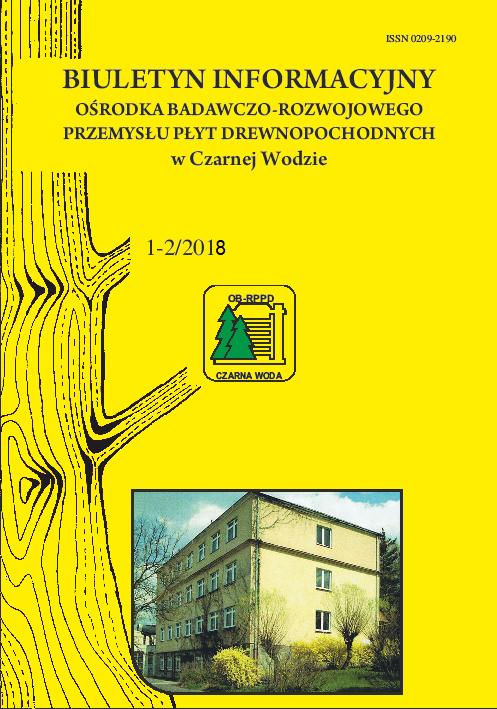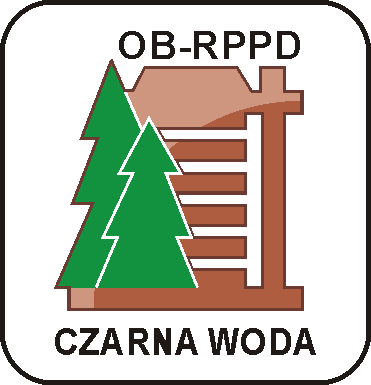
-
Bulletin
Research & Develpoment Centrefor Wood-Based Panels in Czarna Woda
Bacterial cellulose – applications
Dominika Bednarczyk, Izabela Betlej, Piotr Boruszewski
- Abstract
- Article full text in Polish
The paper presents the possibilities of using bacterial cellulose in numerous branches of industry. Literature data indicate very good mechanical and physical strength parameters of the bacterial biopolymer, such as high tensile strength, flexibility, absorbency, and a much higher degree of polymerization and crystallinity compared to plant-derived cellulose. The conducted query confirms that bacterial cellulose, as a polymer devoid of lignin and hemicelluloses, can be much easier processed and used for various applications in various industries and sectors of the economy, from medicine to the paper and electronic industry.
Bacterial cellulose - factors determining the efficiency of synthesis
Dominika Bednarczyk, Izbela Betlej, Piotr Boruszewski,
- Abstract
- Article full text in Polish
The efficiency of bacterial cellulose synthesis, with the exception of the type of bacteria that produce it, is determined by many other factors, such as the type of culture medium, sugar content and nitrogen source in the medium, temperature and amount of oxygen, pH of the medium, surface area on which it can form a membrane made of synthesized cellulose, or the presence of other microorganisms. Optimally selected medium composition and cultivation conditions are important for the proper growth of bacteria, which stimulates the formation of microbial cellulose. In this paper, on the basis of a literature review, information on the influence of selected factors influencing the course and efficiency of bacterial cellulose synthesis is presented.
Infinite life time of cutting tools - theoretical considerations in context of the relativistic tribology
Jacek Wilkowski, Marek Barlak
- Abstract
- Article full text in Polish
The article presents a series of physico-chemical phenomena taking place at the surface materials in tribological contact. Starting from the movement of linear defects of crystalline structure (dislocations), vibrations of this structure lattice, through the phenomenon of diffusion, mass transfer, formation of „third bodies”, generation of the triboplasm and ending with the formation of the complex compounds and the surfing film. The assumptions of relativistic tribology and thermodynamics of open systems were used to explain the unusual course of some phenomena. The presented phenomena were the foundation for the hypothetical idea of infinite life time of cutting tools.
Increasing technical capabilities of the ion implanterin tool modification processes
Marek Barlak. Jacek Wilkowski, Zbigniew Werner, Bogdan Staszkiewicz, Jerzy Zagórski
- Abstract
- Article full text in Polish
Ion implantation is a relatively simple method of modifying the properties of materials,using the kinetic energy of ions accelerated in an electric field. It can be used to change the parameters of samples in scientific investigations, but also to improve the properties of finished elements, e.g. machine parts or tools, due to the fact that the modification processdoes not change the shape and dimensions of the modified materials. However, to make this method more effective, it is often necessary to use additional equipment that increases the technical capabilities of the ion implanter. The first part of the paper presents a short history of the ion implantation method andexamples of its applications in various fields. The second part, taking into account the economics of the process, shows practical tips on the use of various types of modifiedsample/tool holders and manipulators, which can help to project the process and devices forthe tools’ modification processes.




